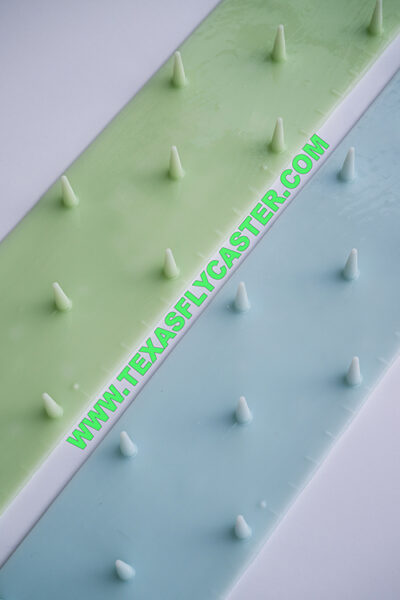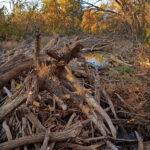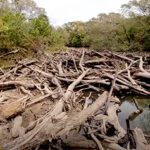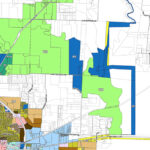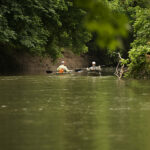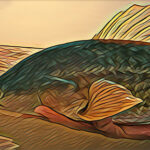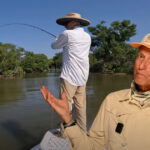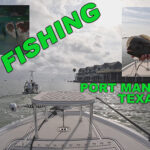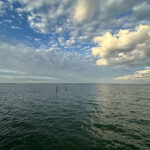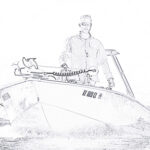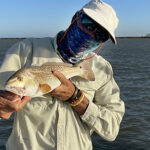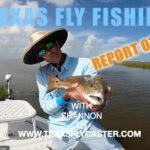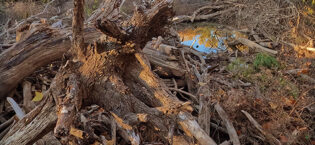FISH FLASH – Trophy Crappie and Huge Sand Bass on Fly
crappie on fly sand bass on fly lake ray roberts
This information, like so many FISH FLASH posts, is timely. That means what happened this evening will happen tomorrow, if conditions – that are controlled by the USACE – remain the same. However, no matter what, no FISH FLASH lasts forever!
How would huge crappie and sand bass on the fly sound right about now? Well this HOT SPOT is one of those that only comes around when conditions are just right.
[ppw id=”103039537″ description=”HOTSPOT for Crappie and Sand Bass” price=”.10″]
And conditions on the far side of the dam riprap at Lake Ray Roberts, Texas, are just about as good as it gets with current flow this evening, and if the flows continue at current levels, tomorrow should be more of the same great fly fishing.
Of course crappie and sand bass can bite in waves, and they can only bite at certain hours as well, but with the dam at the current flow there are quite a few more challenges than just catching in waves.
What you’ll want to do is to go ahead and walk over to the far side of the dam waterway, and work your way down the riprap where it meets raw river bank. Stay on the riprap.
Cast straight across with all you have, an eight weight is about right. White Clousers will do just fine — white/white and red over white as usual. Go for a middle weight if you have it, and if you have rattle-eyed Clousers, you will score even more fish. If you go in the evening, switch to black as the west side (you’re on) goes into shade.
Floating line and nine foot leaders are fine. I would go ahead and use a 10# tippet, and I still only using fluorocarbon as usual. The heavier the tippet, the easier it is to pull through the weeds and bushes you are bound to catch. Even the slightest distraction from your drift can land you with a snagged and irretrievable fly. I lost three flies and destroyed three leaders this evening.
So you’ve cast straight across, and thrown a large loop of line upstream to keep your fly from swinging in too soon, and to give you more water coverage. The current at what it is, will tug on your line as it catches current. Go ahead and feed the current some more fly line.
Once the fly finds the slower water column, start stripping in your fly being sure to keep yourself, and / or your rod pointed to where you want it – to miss the near shore slot. It needs to be about fifteen to ten feet offshore. If you’re standing too high on the rocks, you’ll get snagged and your column will be to close to shore. Too far out, and there’s no fish in that fast water. The target is small, but chock full of fish. Mind your fly line. Take a towel to throw on the rocks and cover the cracks the line would get caught in.
If you strip fast, you’re more likely to catch sand bass, while a long slow strip puts two-pound crappie in your grease.
Beware of the siren warning you that they’re about to open the gate, and if the gate is already open again (this is the unpredictable part), all bets are off.
The great thing is that you’ll be all alone on the far side, and you’ll be one of the only ones catching fish! There are a lot of people there trying to catch catfish, and a few are having success, but not like the fish you’ll score on the far side. See you there at sunup!
[/ppw]
Category: Fishing Reports, North Texas






